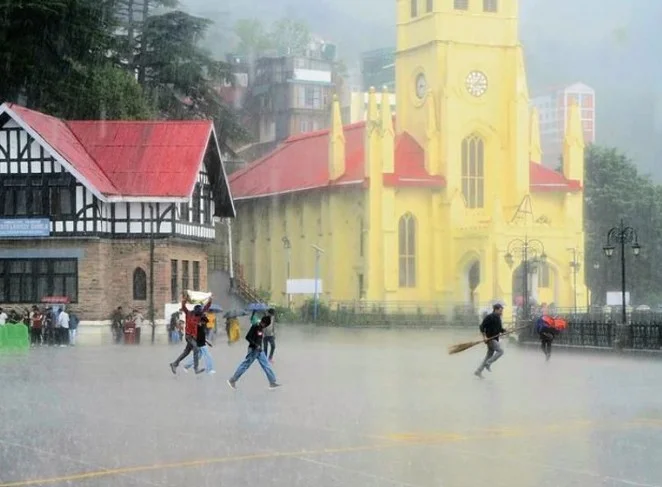Chandigarh, Sept. 30 – The water level at Pong Dam on the Beas river in Himachal Pradesh has receded just below the danger mark after staying above the maximum permissible limit for over two months due to heavy monsoon rains. However, the India Meteorological Department (IMD) has predicted fresh showers across northwest India from October 4.
According to the Bhakra Beas Management Board (BBMB), the dam level stood at 1,389.30 ft on September 30, against the stipulated upper limit of 1,390 ft. The morning inflow was recorded at 10,038 cusecs while the outflow was 17,127 cusecs. Earlier this year, inflows into Pong Dam had touched an unprecedented 2.25 lakh cusecs, pushing water levels more than five feet above the danger mark.
To manage excess water, BBMB maintained a discharge of one lakh cusecs for several days. Over the past decade, mean September discharge from Pong has varied between 9,622 and 14,852 cusecs. At Bhakra Dam on the Sutlej river, the water level stood at 1,673.90 ft against the permissible 1,680 ft, with inflow at 38,305 cusecs and outflow at 24,304 cusecs.
While the monsoon has withdrawn, Himachal Pradesh received 40% above-normal rainfall this year. The IMD has forecast light rain at isolated places on October 4, at a few places on October 5, and widespread showers on October 6, with the possibility of heavy rainfall in Himachal Pradesh and Punjab. Thunderstorms, lightning, and gusty winds up to 40 kmph are also likely in parts of Himachal.
The weather remained dry in Himachal during the past 24 hours, while parts of Barnala and Sangrur in Punjab and Sonepat in Haryana received light showers. Maximum and minimum temperatures in both states stayed above normal, IMD said.
In its long-range forecast, IMD added that while October rainfall across the country is expected to be above normal, some areas of northwest India may receive below-normal rains.

